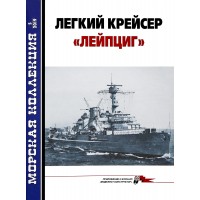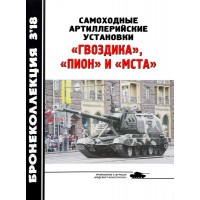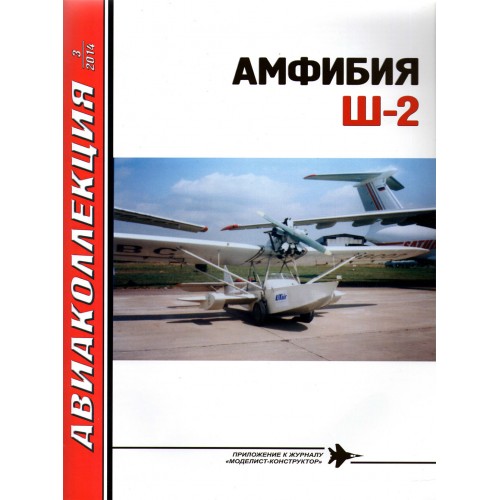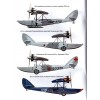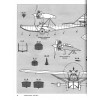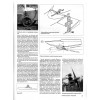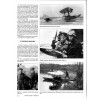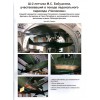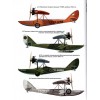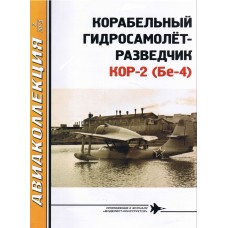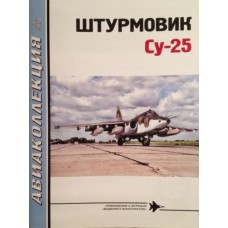AKL-201403 AviaCollection / AviaKollektsia series 03/2014: Shavrov Sh-2 Soviet Multipurpose Amphibian Aircraft - Flying Boat of 1930-1940s. Photos, schemes, colour pictures. 32 pages, soft cover, text in Russian.
CREATING A PLANE
At the end of 1925, a young engineer V.B.Shavrov, who was then working in the Department of Marine Experimental Aircraft Building (OMOS) at the plant number 23 "Red Pilot" in Leningrad, decided to independently build a "aircraft-boat" and the next year began to design it. Initially, it was a single-seat aircraft with an engine capacity of about 30 hp. Then the designer moved on to a two-seater car with a 60 hp engine. Shavrov considered many different schemes, stopping at a flying boat - one and a half gliders. The upper wing was raised above the fuselage by a system of struts; floats were attached to the lower wing, which was much shorter than the upper one. The upper wing consoles could fold back for easy storage. The lower wing was made watertight and helped provide stability in strong crosswinds. The engine with a pulling propeller was mounted on the center section. The design took about a year. Alone, in his spare time, Shavrov made the necessary calculations, made drawings of general views and a wooden model, which was blown through in the wind tunnel of the Polytechnic Institute. The result is a small three-seater wooden car.
During a business trip to Moscow, the designer brought his project to the Scientific and Technical Committee (STC) under the Air Force Directorate (UVVS). Then head of the STC S.V.Ilyushin was not interested in a flying boat, saying that there was already a float MU-1, a boat MU-2 was being prepared and there were a number of other projects. According to Shavrov, he said directly: "We will reject it anyway ...". The designer took the project and went to the Central Council of Osoaviakhim (officially - the Society for Assistance to Defense, Aviation and Chemical Construction). There his work was taken into consideration. Several meetings took place, to which Shavrov had to travel from Leningrad to Moscow. At the end of 1927, the OMOS was transferred to Moscow. It became easier for the designer to negotiate, and at about the same time the Osoaviakhim light aircraft section approved the project.
On April 9, 1928, an agreement was signed with the designer to finalize the project and build a prototype. But Shavrov by this time was already unemployed. He had a fight with the head of the OMOS D.P. Grigorovich, criticizing the MU-2 training flying boat created by the latter, and was fired. All that remained was to rely on an agreement with Osoaviakhim, according to which Shavrov was owed 4,000 rubles.
But the plane had nowhere to build. V.L. came to the rescue. Corvin, a naval engineer, who also previously worked at the OMOS, but refused to move to Moscow. He lived in a fairly spacious (but communal) apartment in Novaya Derevnya in Leningrad, very close to the Krasny Pilot plant. The boat, which had no name at that time, began to be built in early May 1928. A large workbench was made in the room and work began. But soon arrests broke out in the "Industrial Party" case. In Moscow, the Chekists arrested Grigorovich and many of his employees, and did not ignore Corvin. Shavrov was rescued by flight mechanic N.N. Funtikov, who lived in the same apartment. He was also out of work - layoffs had just taken place at the plant. Oddly enough, no one claimed Corwin's room. In it, Shavrov and Funtikov continued to make parts of the aircraft. The unusual process attracted many curious people. Nobody interfered with them, they even brought a book of visitors. A boat was made and sheathed with plywood, which fit in the room only diagonally. We made the center section, the frames of the wings and empennage. But it was impossible to assemble the plane in the apartment.
The units of the flying boat were lowered from the third floor by assembling blocks on the balcony on the floor above. On October 20, 1928, they were taken to the Commandant airfield and placed in an empty paint shop building. It was spacious, but cold. Therefore, the working day began with Shavrov and Funtikov collecting firewood from the ruins of old hangars and burning stoves. We worked for 9-10 hours day. In such conditions, the car was assembled, covered with linen and varnished. However, the engine was missing.
There was no clarity with the engine: the Osoaviakhimovites themselves did not know what they would be able to get. At first, the stake was placed on the Czechoslovak five-cylinder Walter NZ-60 (60/75 hp), the alternative to it was the domestic NAMI-65 (M-23) with 65 hp. The latter was unsuccessful and was not actually installed on airplanes. Then they figured out the English Bristol "Lucifer" at 100 hp; these were ANT-2. Finally, Osoaviakhim reported that they would give "Walter", but a different, seven-cylinder NZ-85 (85/100 hp). A wooden two-bladed propeller was ordered for him at the factory number 27. Shavrov chose the propeller profile himself, using an English schedule.
The 4000 rubles issued by Osoaviakhim had ended by this time. The builders of the plane were also entitled to a salary based on a ruble per hour, but it could only be received in Moscow, where Shavrov had to go several times. But this was not enough to complete the car. I had to urgently think of something. The designer suggested static tests. Moscow approved it and gave out a thousand rubles. A new idea arose - to turn a flying boat into an amphibian (the first in the Soviet Union). This brought in another two thousand. All work was organizationally formalized by an agreement of December 28, 1928. This document provided for the recalculation of the aircraft for an 85 hp engine, the introduction of appropriate reinforcements in the glider, as well as the installation of a rising wheeled and winter ski landing gear. The designer was obliged to present the finished amphibian to the commission two months after receiving the engine.
Static tests were carried out on January 4 - 5, 1929. They ended with the fact that the wing broke - we had to make and test a new, reinforced one.
AKL-201403 AviaKollektsia N3 2014: Shavrov Sh-2 Soviet Multipurpose Amphibian Aircraft - Flying Boat of 1930-1940s magazine
- Brand: AviaCollection / AviaKollektsia
- Product Code: AKL-201403 In Stock
-
$3.90
Available Options
Look at these products too:
AKL-201805 AviaCollection 2018/5 Sukhoi Su-25 Attack Aircraft
AKL-201805 AviaCollection 2018/5 Sukhoi Su-25 Attack Aircraft..
$3.90



